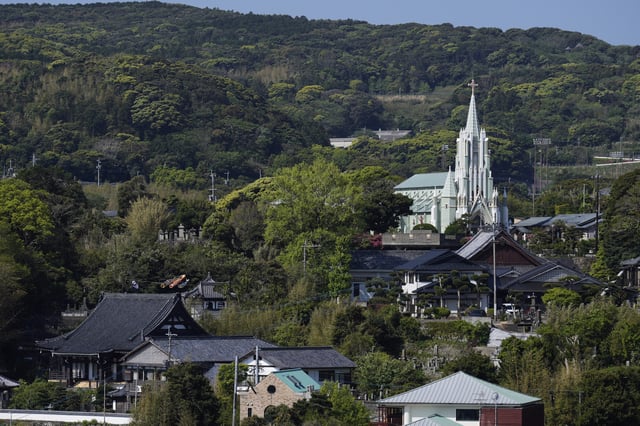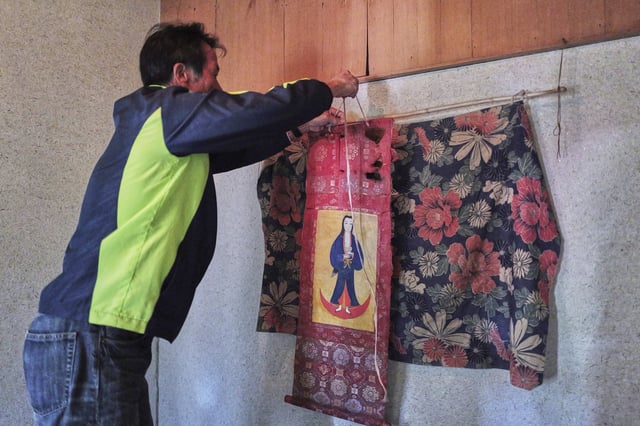Overview
- Once numbering around 30,000 in Nagasaki in the 1940s, Hidden Christians have recorded no baptisms since 1994 and now consist almost exclusively of elderly adherents.
- Practitioners preserve distinctive rituals born of clandestine worship, such as Latin Orasho chants and concealed icons like the Closet God and Maria Kannon.
- Many communities remained separate from mainstream Catholicism after 1865 because priests required rebaptism and the removal of ancestral Buddhist altars.
- Postwar modernization eroded the rural communal bonds that once sustained the faith, prompting younger generations to migrate to urban areas and abandon traditional practices.
- With only a few families left, researchers and local believers are capturing ceremonies and archiving artifacts to ensure the religion’s legacy endures.



